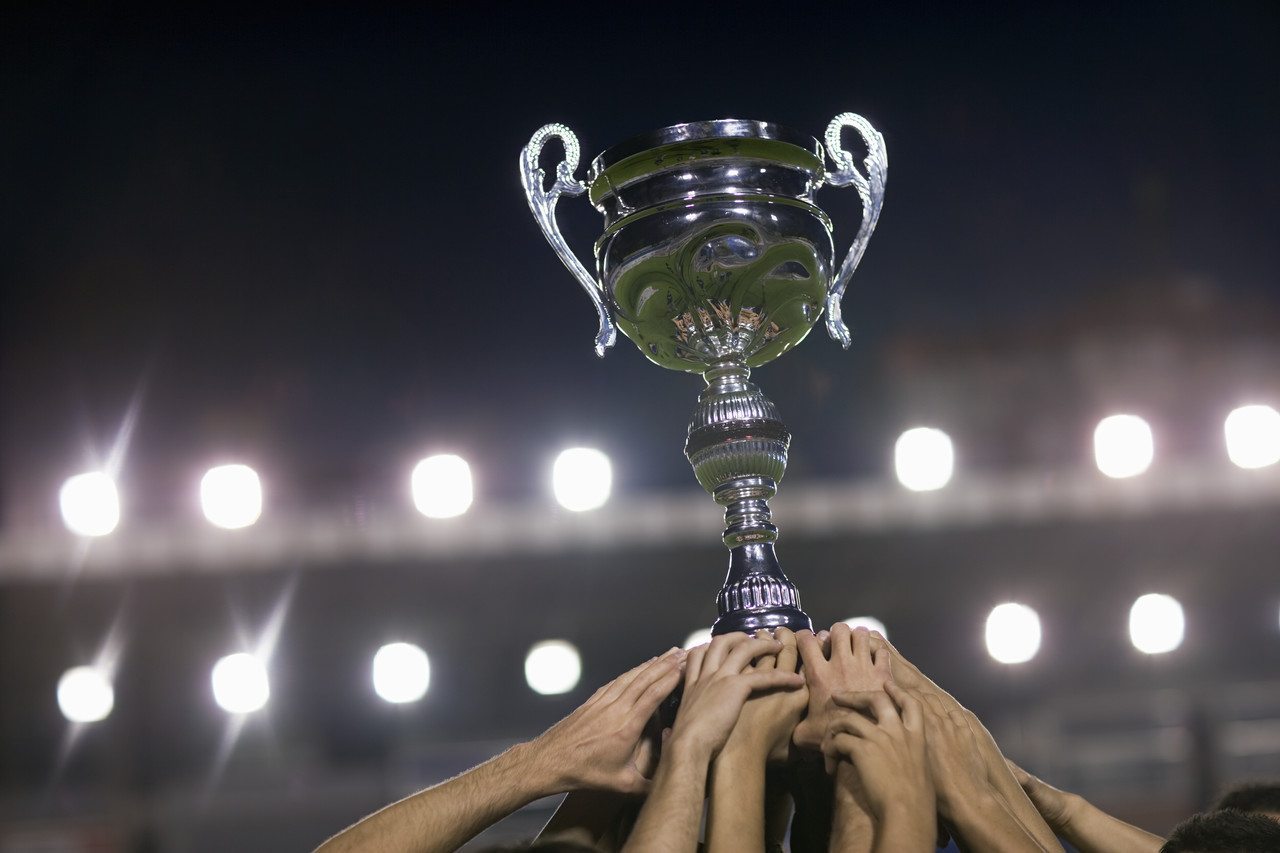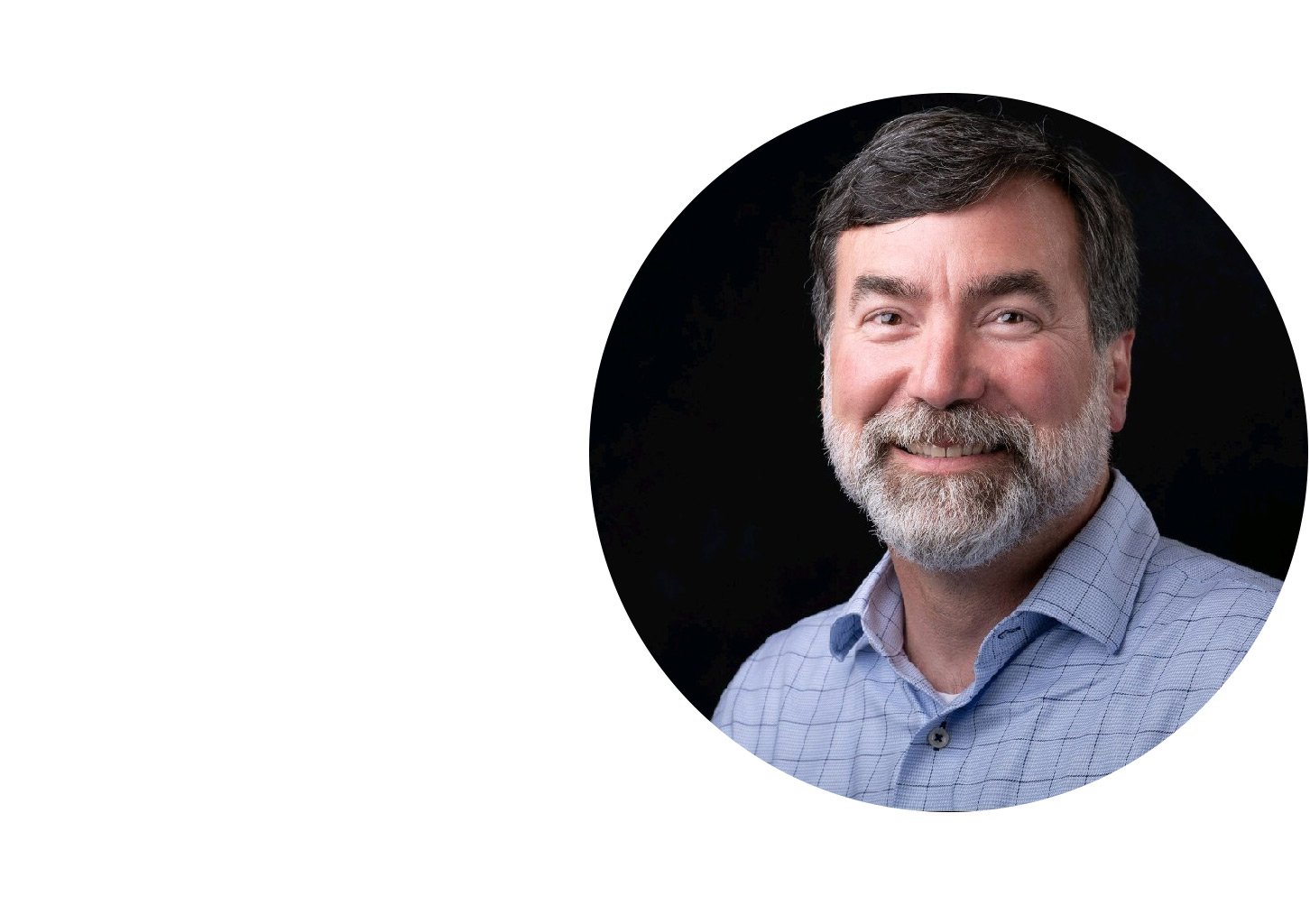
As human beings we are born with a brain that enables us to enjoy higher-level thinking beyond that of other mammals. We have the conscious ability to critically think, reframe assumptions, and develop problem-solving skills. We have the ability to identify and either unlearn and relearn or reinforce and fortify the thoughts and behaviors that determine our success. Therefore, our students are capable…we just need to release those capabilities from within them.
The last 30 years of research on student retention have identified two significant factors that separate students who persist from those who do not. These are goals and attitudes. As we learn more about brain functioning and its implications for learning, there are some revelations about the power of our thinking and our emotional attitudes on our ability to retain information and learn that Andrew Carnegie (unscientifically) introduced to Napoleon Hill in 1908. After twenty-five years of his own research, Napoleon Hill introduced the world to those concepts in the bookThink and Grow Rich.
Throughout our lifetime, wedevelop “pictures” of ourselves. These images become ouris-ness,our HABEs (habits, attitudes, beliefs and expectations) that guide us through life. In our attempts to influence our students and affect retention and persistence, we often observe students’ behaviors that inhibit their success. Rarely though, do we have access to the thoughts that govern those behaviors. We cannot vaccinate our students with goals, or positive attitudes, but we can give booster shots to the “picture” of what is.Change the thought andthe behavior will follow.
Andrew Carnegie proposed fourprinciples of persistence from more than a century ago. Do they still pertain today? We must…
1. Have a purpose.
As Susanne Langer, a philosopher who lived with cultures all over the world, so eloquently stated, “there is a human need to find significance.” We need to help students capture and cultivate their goals. From admissions to graduation, we lose too many students who fall victim to their own detrimental thoughts and subsequent behaviors. We want to help them clarify their goals into replacement pictures and grow their self-efficacy so they believe they can cause their education and career.
2. Have a plan expressed in actions.
We provide the vaccination; the curriculum that teaches the “hard” skills our students need to be successful in their field of choice. But, do we provide the booster shots to the “soft” skills in order for them to make the adjustments or changes they need to their internal pictures to stay in school in the first place. We are very adept at laying out the plan of action for students to acquire the technical skills, but their soft skill development is often much less prescripted. What could the potential of our students look like if our curriculum developed their soft skill abilities with equal attention as the hard skills? We can teach students the booster shots of self-reliance and persistence, the dependability on self, and their own sense of accountability. We just need to be deliberate and intentional.
3. Close our mind to the negativity of others.
Often, our students are faced with naysayers who are not supportive of their decisions to return to school, or with their own doubts regarding their decisions. We must consciously teach students to identify these barriers to their success. As a student services practitioner and a behavioral health provider, it was not typically the “abnormal” thought processes that brought a student or client to me. It was the “abnormal” behavior that results from those thoughts. Students can be taught to back-up and review the “pictures” associated with their behaviors that restrict their growth and achievement of their goals. We cannot control the world outside of us, but we can control the world inside of us. As they are working toward replacement pictures, we need
to continually remind them to control their own self-talk.
4. Build a friendly alliance.
Obviously, we are a part of the group of people who influence our students. We need to actively observe the behaviors that show us they need our help. It is through these observations that we can gain insight into the thoughts that are guiding the behaviors that are inhibiting the release of their potential. By leveraging this friendly alliance, we can help students create replacement pictures that will lead to successful behaviors. We are role-models for our students. We need to leverage that influence to help them release their potential.
Growth comes from self-awareness.Andrew Carnegie and Napoleon Hill were very wealthy, but their wealth cannot compare to that accumulated by those who have followed these four simple principles. Success comes from our learning to control our thoughts, the internal pictures that lead to the behaviors that follow. Our teaching beyond the technical skills can be strong boosters if we help our students learn to consciously shape their own internal pictures, and we support that growth as it begins to appear.
Featured posts
May 16, 2023
May 16, 2023
May 16, 2023





